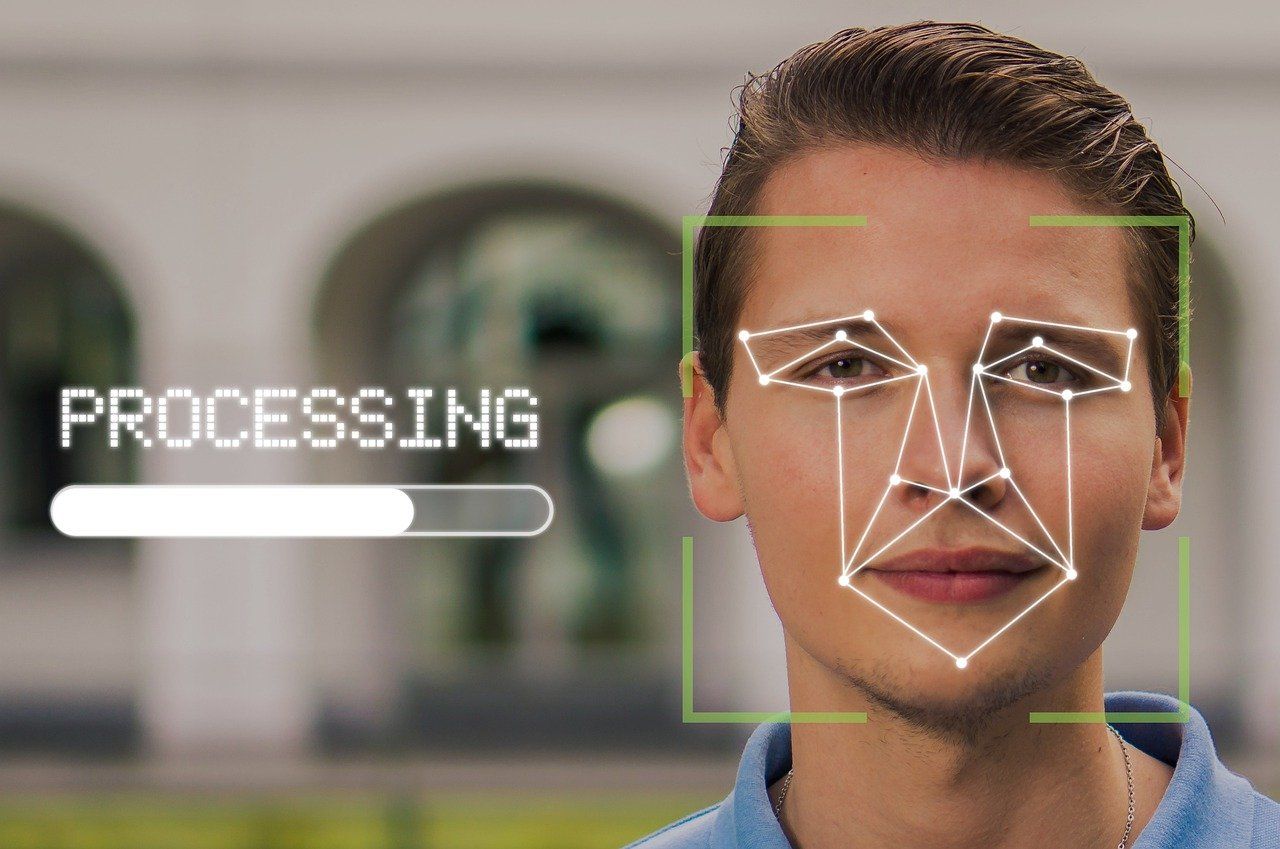Every effective cybersecurity measure you implement is a welcome development and could be a lifesaver as attackers could come knocking on your door at any time. One way to secure your network and reduce the risk of being attacked is by conducting routine vulnerability scanning.
So what is vulnerability scanning? And how can you use it to prevent cybercriminals from exploiting you online?
What Is Vulnerability Scanning?
Vulnerability scanning is an automated process of identifying security vulnerabilities in your web application or network. It involves assessing your computers, websites, and internal and external network structures to detect cybersecurity weaknesses so you can fix them and ensure network security.
The vulnerabilities in your network are flaws or weaknesses that can become gateways for cyber threats. If left unchecked, they could cause serious harm.
Common security vulnerabilities include SQL injection, broken authentication, weak passwords, security misconfiguration, and Cross-Site Request Forgery (CSRF)
Why Is Vulnerability Scanning Important?
A security weakness is inherent even in the most sophisticated systems. As a result of this, your network might have some loopholes that make it vulnerable and exposed to cyberattacks.
Failure to cultivate a healthy cybersecurity culture (like updating your systems and software) is another window for cybercriminals, and this is quite common among users.
If you're going to prevent a data breach or reduce your risk of being exploited online, you'll have to identify, prioritize, and rectify critical vulnerabilities through constant vulnerability scanning. If it's not done regularly, the probability of you being exposed to cybercriminals will greatly increase.
And that's because attackers thrive when there are vulnerabilities in systems. Think of it as the doors to your home. If all your doors were properly locked, there'd be no room for intruders to gain entry. Leaving a single door open makes you an easy target.
The internet is open to attack 24/7. If you're not running scans on your network, someone looking for vulnerable systems and websites to exploit could get hold of your personal information and use it for financial gain.
Even the not-so-skilled hacker can use a vulnerability scanning tool to spot weaknesses and use them to their advantage.
The majority of invasions are not found until it's too late. According to reports on cyber trends and attacks, it takes 56 days to discover an attack. So it's essential you stay on top of network vulnerabilities and quickly respond to them to prevent your network being compromise.
What Are the Vulnerability Scanning Methods?
There are two independent methods required for conducting vulnerability scans. They are internal and external vulnerability scanning.
An internal scan is carried out within your network infrastructure. It takes into consideration other hosts that are on the same network to spot internal weaknesses. It detects issues like malware that has found its way into your system.
An external scan, on the other hand, is executed outside of your network and checks for known vulnerabilities in the network composition. Here, the target is IT components like open ports and web applications that are exposed to the online world.
Vulnerability Scanning Types
Vulnerability scanning is categorized into two: authenticated and unauthenticated scans. They ensure there are no lapses in vulnerability detection.
1. Unauthenticated Scan
In an unauthenticated scan, the IT specialist logs into the system as an intruder who has unauthorized access to the network system. This method shows vulnerabilities that can be accessed without having to sign into the network.
2. Authenticated Scan
An authenticated scan entails the analyst logging into the network system as a trusted user and revealing the security loopholes that can only be accessed by someone authorized.
Here, the tester is gaining access as a genuine user and can uncover many loopholes that unauthenticated scans fail to see.
Examples of Vulnerability Scanners
To conduct a vulnerability scan, you’ll be needing vulnerability tools or scanners. The tools don't conduct every network security test. They're designed to scan specific interfaces.
Nevertheless, a good vulnerability scanner goes beyond identifying security loopholes in your network. It also goes on to forecast how effective your present security measures will perform if there were to be an attack. Based on this, here are some common vulnerability scanners.
1. Host-Based Scanner
Host-based scanning is carried out on web servers, workstations, or other network hosts used by individuals and organizations. It identifies vulnerabilities and at the same time, gives more visibility to configuration settings and the system's patch history.
A host-based vulnerability scanner also offers insights into the harm that can be done to a system once an attacker gains access to it.
2. Network and Wireless Scanner
The worldwide connectivity in the network increases the risk of data exploitation. For this reason, a network-based vulnerability scanner is used to identify possible threats targeted at the network and wireless system.
Network and wireless scanning also identify weaknesses in the system and the unauthorized access to remote servers and connections done on unsecured networks.
3. Application Scanner
Web applications are one of the chief gateways through which cybercriminals exploit users. An application scanner searches for security vulnerabilities in web apps. It scans for software loopholes and misconfigured settings in the web application or network.
4. Database Scanner
Databases facilitate the storage, retrieval, revamping, and removal of data, as well as several data-processing operations.
Losing your data can result in damages. Database scanners diagnose vulnerable areas like missing patches and weak passwords to prevent harmful attacks.
How Does Vulnerability Scanning Work?
The main purpose of vulnerability scanning is to help you identify frontend network security risks as well as backend network security risks before an attacker discovers them. If an attacker beats you to it, they'll exploit it to the maximum.
Here's how to conduct a vulnerability scan on your network.
1. Identify the Vulnerabilities
Identifying the vulnerabilities involves detecting the weaknesses in the specific area of your network. It could be on your web applications, hosts, or servers. Focus on that angle to get a clear view of what the problem is.
2. Examine the Threats
You need to examine the threats to understand what they are and how they function.
What degree of damage do they pose? And what are the best ways to resolve them?
3. Fix the Weaknesses
Having examined the threats and understood what they are all about, you're well enough informed to know the appropriate cybersecurity measures to implement.
The most effective cybersecurity measures are specific to a particular cyber threat, instead of being generalized.
4. Generate Reports Based on Your Findings
This is the final phase. It involves an interpretation of the analysis to help you identify opportunities that'll improve your cybersecurity infrastructure.
With vulnerability scanning, you'll be taking a proactive move, instead of a reactive one, to identify threats to your network system and nip them in the bud before they become problematic.
Use Vulnerability Scans to Master Your Cybersecurity
If you store, process, or transmit sensitive data electronically, vulnerability scanning is a necessity.
With vulnerability scanning, you can be on top of your cybersecurity game because you can detect pending threats. That way, you'll always be a step ahead of cybercriminals—they'll have no opportunity to break into your network.






